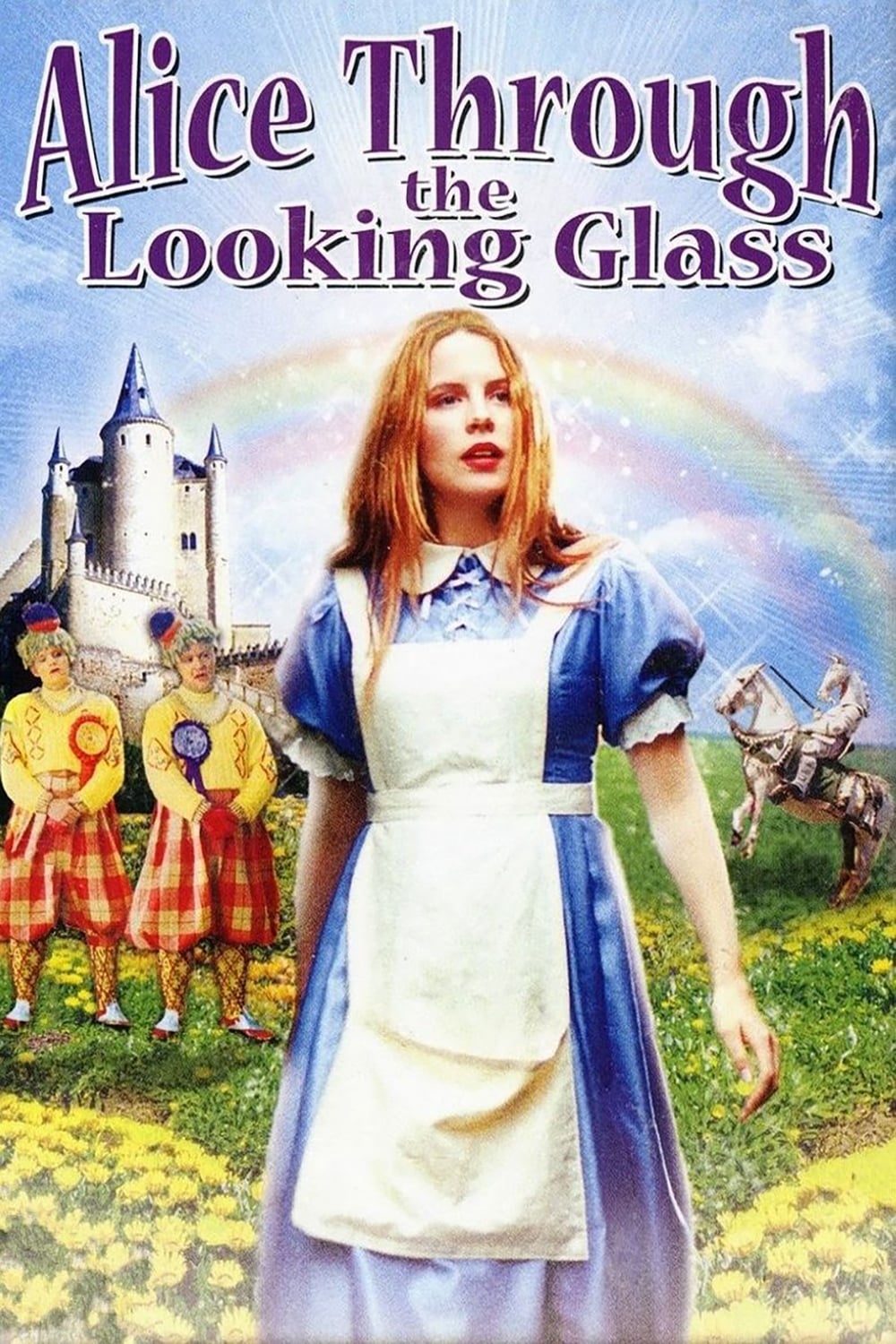
A modern adaptation of the classic children's story 'Alice through the Looking Glass', which continued on from the popular 'Alice in Wonderland' story. This time Alice is played by the mother, who falls asleep while reading the the bedtime story to her daughter. Walking through the Looking Glass, Alice finds herself in Chessland, a magical and fun world. There she meets the Red and White Queens, as well as many other amusing friends on her journey across the chessboard countryside onto become a crowned queen.
23 Feb Alice Through the Looking Glass (1998)
Homeopathic Seduction
In 1871, A deacon logician at Oxford published a sequel to his surprisingly popular children‘s story. In that original, he had dabbled in the mix of logic and mysticism that he thought respectable. Fortunately for him, it was characterized as the sort of nonsense genre created by Edward Lear. But he was deeply disturbed in the years that followed as the Church and what came to be called spiritualism diverged. So to make amends to his God, and to deflate the Kabbalistic origin of the first work, he formulated something with much the same structure and tone, but without the magic.
This work was based on conundrums created by the symmetries in the world. It became as popular as the first. His later works tried harder to distance himself from divination and became tepid Christian allegories. ‘Through the Looking-glass‘ was so successful that it and the original Alice are often merged as if they were seamless. The symmetries in the later work are easier to quote, so the looking-glass symbology and structure is re-used and quoted far more than the dangerous and slippery original Alice.
In 1979, auteur Raoul Ruiz made ‘The Hypothesis of the Stolen Painting,‘ a remarkable film, using the Alice structure as a template for narrative folding and a painting as the conflation of both book and mirror.
Based on this, cinematic novelist Arturo Pérez-Reverte, wrote a rather complex and ambitious novel. ‘The Flanders Panel‘ published in 1990.
In 1994, filmmaker Jim McBride continued on of his two film careers, the one where he starts with extremely ambitious material, making a mainstream film based on P??rez-Reverte‘s novel. While the novel was inherently cinematic, McBride added an extra dimension: the folds of inner narrative, of dreams and fantasies were mapped onto the body of the on screen detective, with insight conflated with nudity. To accomplish this insofar as he could, he found a quite beautiful and intuitively talented young actress. Like Nastassja Kinski and Asia Argento before her, she grew up in an acting family and genuinely knew how to map narrative on her body, unafraid to be as sexually complex as possible. Together, Kate Beckinsale and McBride made an interesting if not profoundly successful film.
Like Kinski and Jovovich, Beckinsale would go on to make films directed by lovers, films that would shamelessly exploit this talent. But in between her First Alice and her leathered vampire phase, she was Alice in a literal film version of the book. Well, it is not quite literal in that we have to explain why a redheaded sexual being is in this looking-glass world, and plot accommodations are made based on the Pérez-Reverte model.
This film is a disaster, an utter disaster if you take it as it comes. It has none of the magic of the book, though the language and images are used exactly. It has none of engagement that other experiments have with whatever mix of mystery and sex they use. And though it experiments with cinematic inner visions, the devices used are from Terry Gilliam and all utterly fail.
But if you see it in this greater context of Kate‘s mother, the Lewis Carroll cover-up and deliberately obfuscated magic; if you see it as overtly sexual but with the sex completely hidden: homeopathic seduction, then it works amazingly well. Alice as a redhead!
Posted in 2010
Ted’s Evaluation — 2 of 3: Has some interesting elements.


No Comments